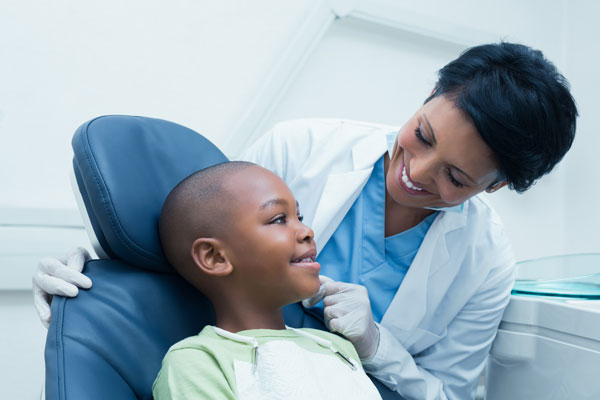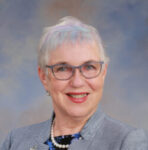
Do you remember your child’s first tooth and how it changed her smile? That first tooth is also a reminder to start good dental habits. Taking care of baby teeth is as important as wiping a baby’s face or nose. Clean teeth lead to healthy teeth and prevent plaque from building up and causing tooth decay. Parents can use a baby washcloth to gently wipe the new tooth and gums twice a day.
As a parent of a child with sensory integration concerns, this may sound easier to do than it is! I remember turning tooth cleaning into a game of “where’s the tooth” and “open mouth, close mouth” to help my son get used to oral hygiene. The American Academy of Dentistry recommends that parents gently wash early teeth and, when more teeth arrive and touch each other, to introduce flossing by having a parent gently floss connecting teeth.
When do you move from cloth to toothbrush? If your child is used to a small cloth, then he may be comfortable with a soft toothbrush. As with anything new, let your toddler explore the toothbrush, choose a color, and have a special place to keep the brush. Use the brush first without toothpaste.
It’s OK to let your child practice brushing. In fact, it’s always a good idea to model brushing by having parent and child (and siblings) brush together in front of a mirror. Children often want to imitate what big brothers or sisters and parents do.
When your child is comfortable with the brush and can spit, you can add paste the size of a pea. Avoid over-using toothpaste because it can cause white spots on teeth and, of course, make a bigger mess. During the toddler months, you may need to brush your child’s teeth as well to make sure the teeth are clean.
My son did not like his toothbrush or the sensations of brushing, so we made it as pleasant as possible. I helped him brush while bathing in the tub, an activity he really liked. If bath time wasn’t available, he sat on my lap face forward and we played “open-close” and made up silly songs. I gently wrapped my arms around his and tilted his head to brush his teeth.
My pediatric dentist showed me this strategy, and he also suggested following successful brushing with something fun (but not sweet!). We even read children’s books that included visits to the dentist and teeth brushing.
Tooth brushing became a habit when we did it every morning and evening. I’d use a timer to help encourage brushing. We gradually worked up to one minute and, as he grew into his preschool years, to two minutes.
When should you have the first visit to the dentist? The Academy of Dentistry recommends that you take your child by at least age 2 (some dentists recommend age 1). They also recommend finding a dentist who is “kid friendly.” Our dentist had child-sized seats, interesting toys, and a pleasant place to wait. I was invited to sit next to my child during dental cleanings and checkups to encourage and support him. He liked little tokens he earned for cooperation (e.g., pencil, stickers) and the friendly hygienist. When he was not cooperative, they also had a backup plan—return to the play room for another five minutes and try again or come back later that week.
To help set a positive stage for dental visits, you may want to schedule a previsit to your dentist (before the first appointment) to introduce yourselves, look around the office, try out the chair, and see the tools. Watching a dental visit by an older sibling or even parent is another way to prepare for a first visit. Our dentist served all young children and knew how to work well with children who had special developmental or medical needs. What stood out the most for me was how patient he was and how welcoming he and his staff always made my son feel.


 Printer-friendly PDF
Printer-friendly PDF Susan Fowler
Susan Fowler
 PDF para imprimir
PDF para imprimir